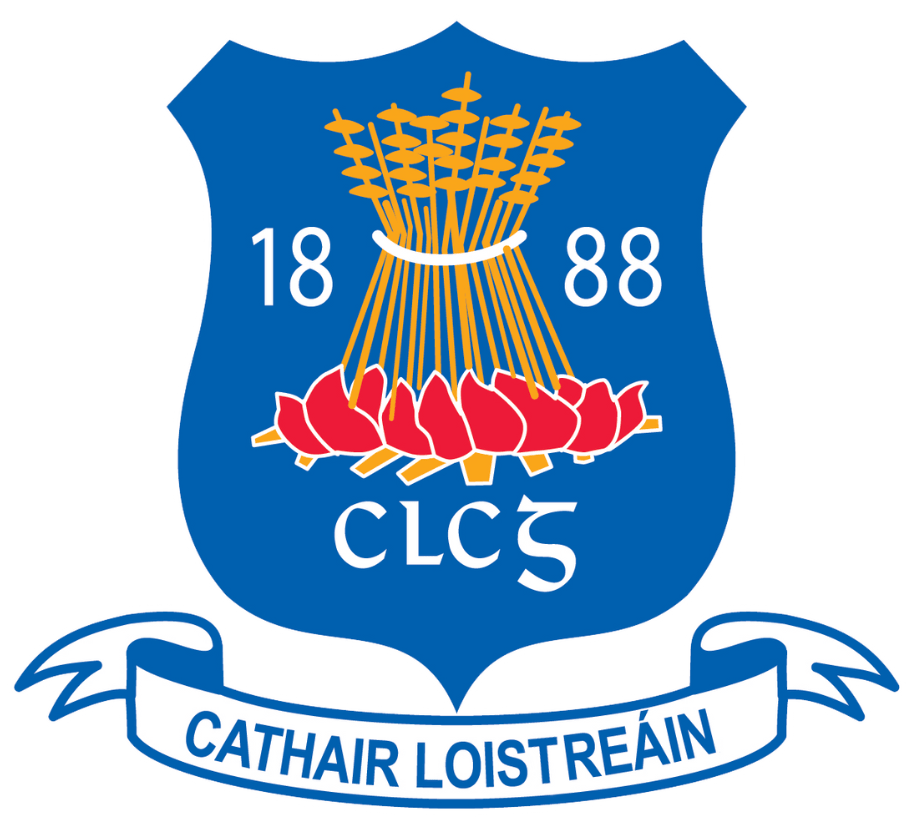Caherlistrane GAA & LGFA
Cathair Loistreáin
H91 HF78
We are located in North Galway close to the Mayo border. The G.A.A., L.G.F.A., Bord na nÓg and Handball play all home games in the heart of Caherlistrane village
Our Parish
Caherlistrane & Kilcoona
78 townlands. We participate in competitions across all ages from juvenile to adult.
Subscribe to our newsletter
The most up to date club news delivered to your inbox

Facilities
Astro Turf
Our Astro Turf is a great addition to our facilities and is available for hire
Grass Pitches
We have two full size grass pitches on-site. Booking is available
Treatment Room
A private treatment room available – ideal for physio
Kitchen
Fully Functioning Kitchen onsite
Meeting Rooms
Meeting Rooms available for hire
Function Rooms
Two large Function Rooms available for group activities
Caherlistrane GAA | Caherlistrane LGFA
Tournaments
We enjoy hosting tournaments and welcome the competition, the camaraderie and the fun

Healthy Club
Healthy Eating Physical Activity Mental FitnessCritical Incident Plan

Gaelic4Teens
Girls Aged 14-17 Skills & Development Caherlistrane LGFAAmbassadors 2021

Cúl Camp
Summer Camp Children Aged 6-13 Development & WellbeingOfficial GAA Camp










